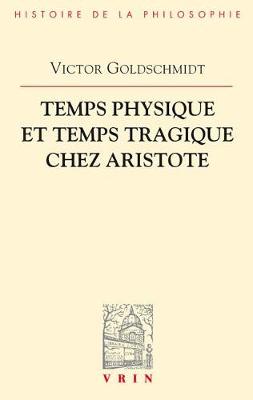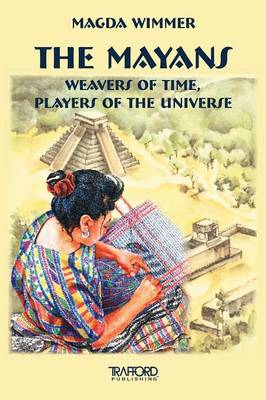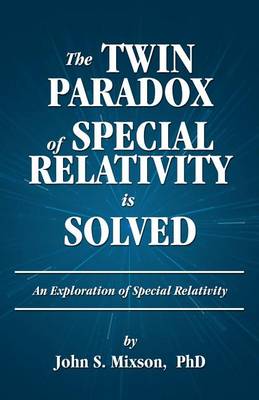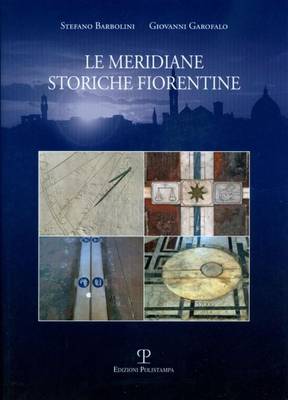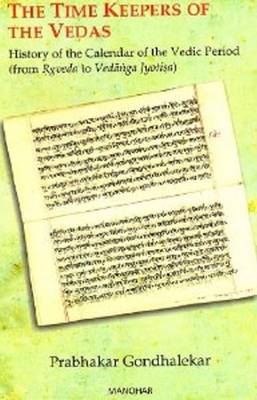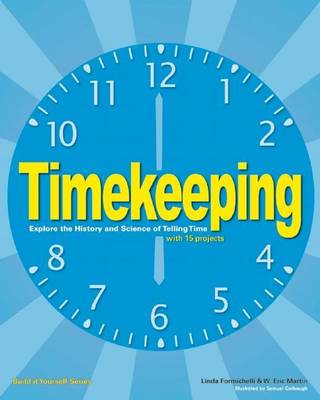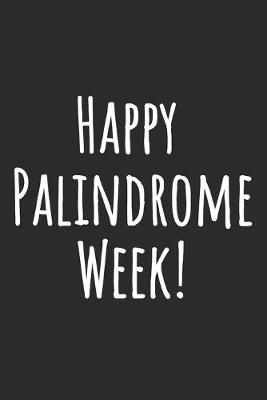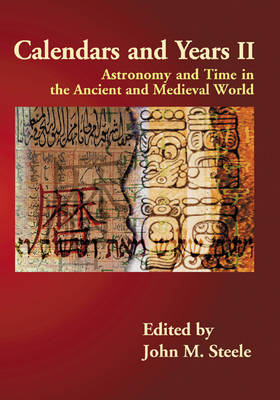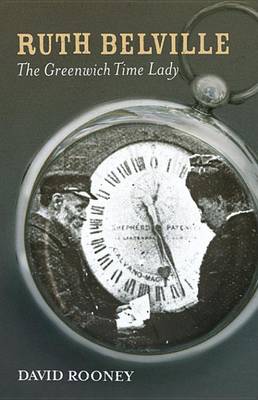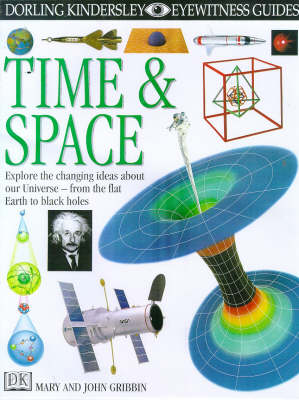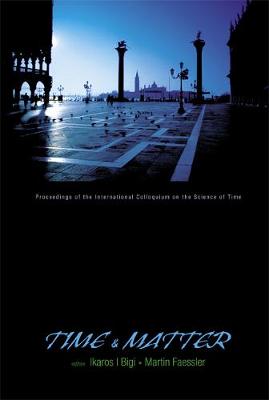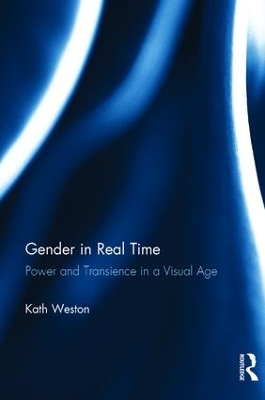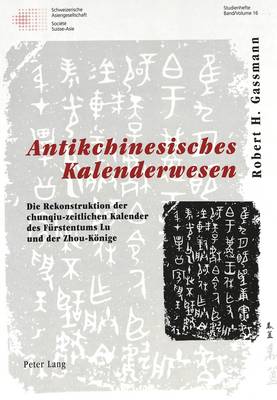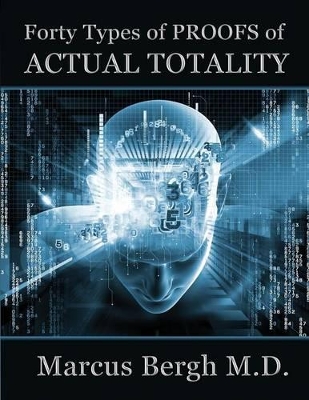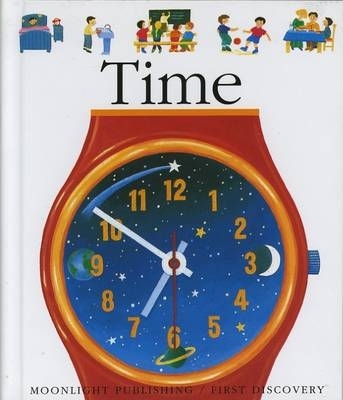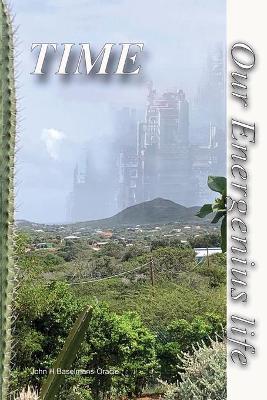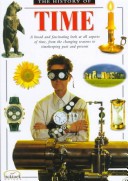Temps Physique Et Temps Tragique Chez Aristote (Bibliotheque D'Histoire de la Philosophie)
by Victor Goldschmidt
The 2009 World Forecasts of Medicaments Containing Vitamins or Provitamins in Dosage Form or Retail Packings Export Supplies
by Philip M. Parker
Timekeeping: Explore the History and Science of Telling Time with 15 Projects
by Linda Formichelli and W Eric Martin
The Sabbath Epistle of Rabbi Abraham Ibn Ezra =
by Abraham Ben Meir Ibn Ezra
Calendars and Years II
Understanding the calendars used by ancient and medieval cultures is essential to the writing of history. Equally important, however, is understanding the basis upon which our current knowledge of these calendars rests. This second volume of Calendars and Years explores the calendars of ancient and medieval China, India, the ancient Jewish world, the medieval Islamic world, and the Maya. Particular attention is given to the preserved evidence on which our understanding of these calendars...
In a world that saw the emergence of automatic time-balls, telegraph time signals, the speaking clock and the BBC's `six pips', one family provided Greenwich Time to paying customers across London for a staggering 103 years - using a pocket watch named `Arnold'. Ruth, the last of the time-sellers, finally retired in her 80s, in 1939, bringing to a close a remarkable episode in the history of timekeeping and of London life. David Rooney, Curator of Timekeeping at the Royal Observatory, Greenwich...
EYEWITNESS GUIDE:81 TIME AND SPACE 1st Edition - Cased (Eyewitness Science Guides)
We live on one small planet circling a star we call the Sun that is just one of 100 billion stars in the Milky Way galaxy. Our galaxy is just one among many millions in the Universe which was born in the Big Bang when time and space actually began. Space is what we move around in in three dimensions left and right forwards and backwards up and down. We can move around in space from one place to another. Time is less controllable. We seem to move forward through it - whether we like it or...
Presents various methods of telling time by using such instruments as the shadow stick, sundial, candle clock, rope clock, water clock, hourglass, and the modern clock.
Time And Matter - Proceedings Of The International Colloquium On The Science Of Time
Time and matter are the most fundamental concepts in physics and in any science-based description of the world around us. Quantum theory has, however, revealed many novel insights into these concepts in non-relativistic, relativistic and cosmological contexts. The implications of these novel perspectives have been realized and, in particular, probed experimentally only recently.In the papers in this proceedings, these issues are discussed in a truly interdisciplinary fashion from philosophical a...
After decades of innovative scholarship that galvanized a field and shattered a world of preconceptions, the study of gender now appears to languish. It has been a long while since the publication of a provocative and influential text like Judith Butler's Gender Trouble . Kath Weston argues that the problem is one of time. For too long gender studies has been preoccupied with the visual, with ample attention given to issues of performativity and embodiment, all at the expense of time. Gender i...
Antikchinesisches Kalenderwesen (Schweizer Asiatische Studien / Etudes Asiatique Suisses, #16)
by Annemaire Mertens and Robert Gassmann
Die Beantwortung vieler Fragen der antiken chinesischen Geschichte setzt eine solide chronologische Grundlage voraus. Insbesondere eines der wichtigsten Probleme, namlich die richtige Einordnung der zahlreichen Datumsangaben in Bronzeinschriften und damit die Rekonstruktion der fruhen Zhou-Chronologie, ist ohne umfassende Einsicht in den Kalender kaum zu loesen. Die Annalenwerke Chun Qiu und Zuo Zhuan uberliefern eine ausreichende Zahl von Datierungen, um eine zuverlassige Rekonstruktion des Kal...
Taking the reader on a trip through time and around the globe, this guide charts the growth and development of the world's various timekeeping systems. It also describes the feasts and festivals connected with humanity's efforts to measure the passage of time. As well as describing our own Gregorian calendar, this book explains the cultural and religious influences behind the development of a wide range of calendar systems including systems as diverse as Aztec, Greek, Navaho and Zoroastrian.
Attractively laid out on illustration-filled pages with texts that speak clearly to their subjects, these books review the technological achievements that have helped to shape history. Each book has between 70 and 110 photos, modern illustrations of historical events, and reproductions of famous illustrations from the past.Summarized here are ancient methods of timekeeping, including sundials and water clocks. The development of the Julian calendar, origins of names for days and months, and the...
